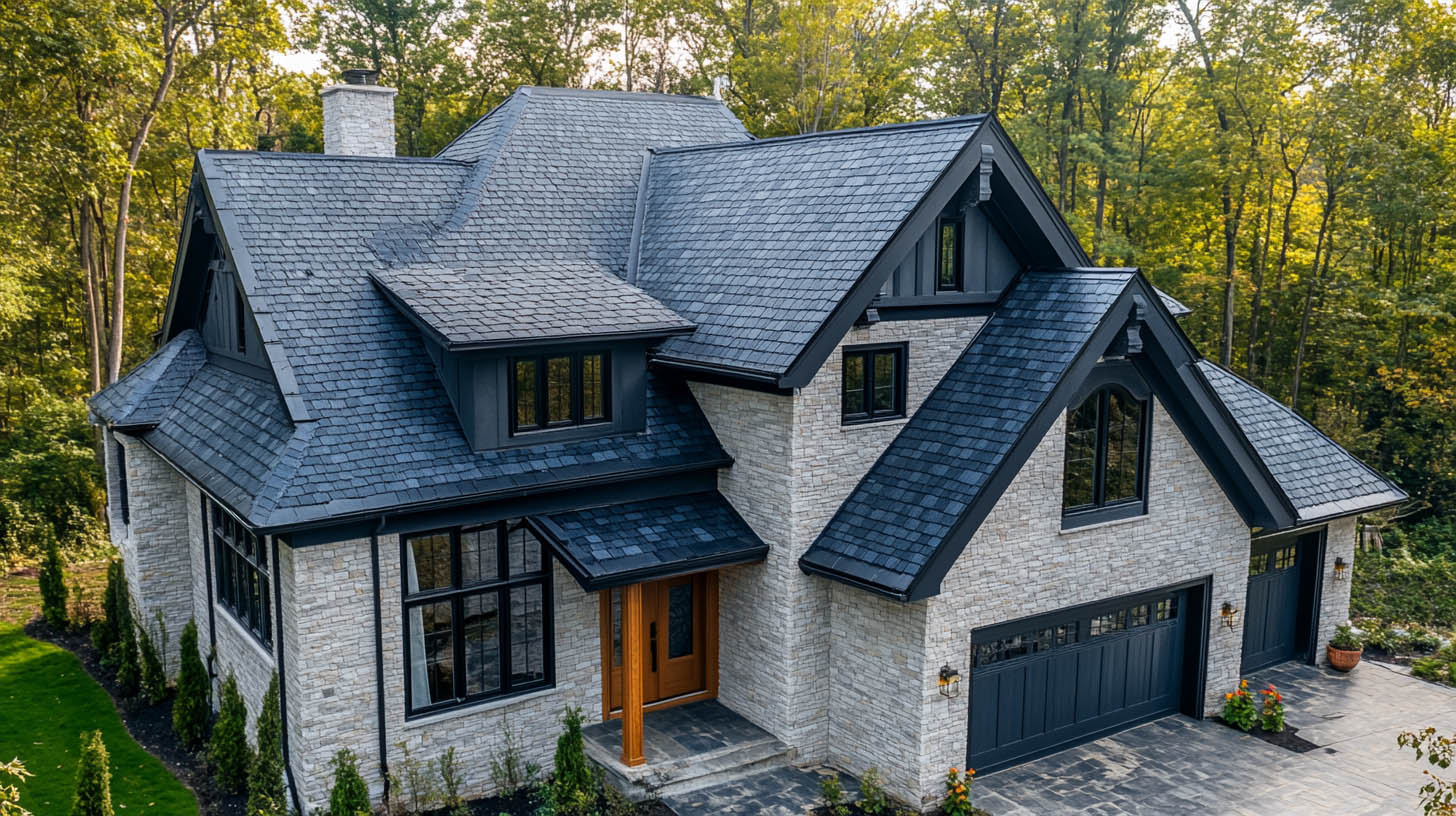
When planning a new construction project, selecting the right roofing system is essential to ensure lasting durability, energy efficiency, and aesthetic appeal. Rainstoppers Roofing in Charleston, WV, provides insights into the factors to consider when choosing the best roofing for new buildings.
1. Understanding Roof Types and Materials
Various roof types and materials are available, each suited for different climates, styles, and budgets. Asphalt shingles are affordable and versatile, while metal roofing offers durability and energy efficiency. Slate and tile, though costlier, provide exceptional longevity and a distinct aesthetic appeal. Assessing your climate and long-term goals helps determine the right fit for your project.
Unique Fact: Metal roofs can last up to 70 years, while asphalt shingles typically last between 15-30 years, depending on weather exposure.
2. Energy Efficiency Considerations
Energy-efficient roofing materials, such as cool roofs, reflective metal roofing, or specialized shingles, are designed to significantly reduce heat absorption, helping to maintain a cooler indoor temperature. This reduction in heat transfer can lead to a noticeable decrease in cooling costs, making them a smart investment for energy-conscious homeowners. By minimizing the energy required to cool your home, these materials also contribute to a reduced environmental footprint. Opting for products with high solar reflectance and thermal emittance ratings ensures maximum efficiency, offering not only long-term savings on energy bills but also enhanced comfort during warmer months.
3. Budget and Warranty Options
The cost of new construction roofs can vary widely depending on the materials used and the type of warranty selected. Standard warranties typically cover basic repairs and material defects, offering a foundational level of protection. However, extended manufacturer warranties provide broader coverage, including labor and certain unforeseen issues, making them a valuable addition. Investing in a comprehensive warranty not only safeguards your roof but also ensures long-term peace of mind, knowing your home is protected against potential future costs. Allocating a portion of your roofing budget to secure a robust warranty is a strategic decision that enhances the durability and reliability of your investment.
4. Aesthetic and Architectural Compatibility
The roof is a key visual component of a building. When choosing roofing materials, consider colors and styles that complement the architectural design. Traditional asphalt shingles suit classic styles, while sleek metal options pair well with modern architecture.
Conclusion: Building a Roof for the Future
Selecting the right roofing system for new construction projects is crucial for a lasting, energy-efficient, and attractive result. With guidance from Rainstoppers Roofing, homeowners can choose materials and designs that align with their aesthetic vision and structural needs.
FAQs
1. What is the most cost-effective roofing material for new constructions?
Asphalt shingles are among the most affordable and widely used options.
2. How can I ensure my roof is energy-efficient?
Choose materials with high solar reflectance and thermal emittance ratings to enhance energy efficiency.
3. What are the benefits of a long-term warranty on new construction roofs?
Extended warranties provide protection for both materials and workmanship, offering added security for your investment.To learn more about preventing snow buildup on your roof, click here.
